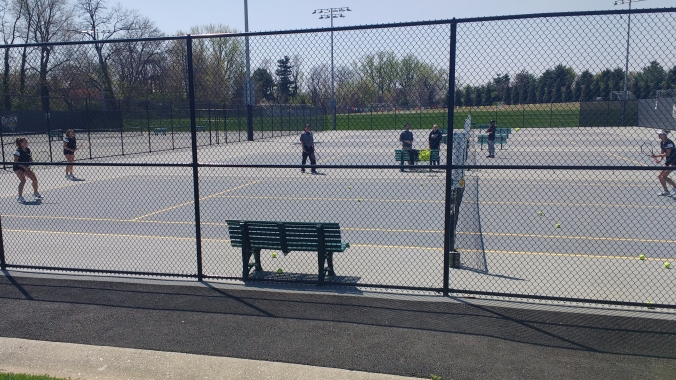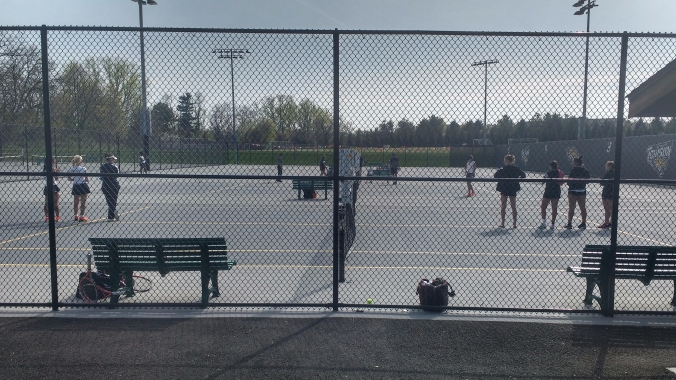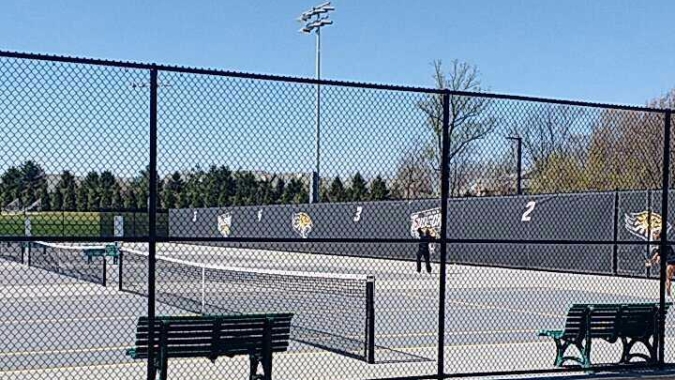For prospective college tennis players, the end goal of transitioning from high school and junior-level tennis to NCAA Division I, II or II tennis takes lots of hard work.
If they’re looking to get an athletic scholarship and attend a Division I school, coaches won’t be recruiting them for how they practice, train, or manage their academics, time and money. The bottom line is that they’ll be recruited for their tennis.
“I was ranked 109 in the U.S. when I was being recruited,” said Lucy Williams, a Towson University junior and member of the Towson women’s tennis team. “I finished second in our state championships.”
Williams, 21, started playing tennis when she was 6 and committed to college tennis after her older brother earned a scholarship to play in college. She believed that while the level of play in high school was much lower than in the juniors, she felt that she was lucky that her team had four girls that were ranked in the nation’s top 200.
“It wasn’t as serious as college,” Williams said. “We only practiced two days a week and the players played a lot on their own.”
As far as choosing Towson, Williams said that the school and coach initially sought her out and found her as part of the year-round tennis recruitment process that many other schools take part in. She said that she didn’t want to go a school with a hugely successful tennis program like the University of North Carolina, since she would end up playing No. 6 singles instead of a higher singles spot.
“I wanted to go to a school that had football, so a big but small school,” Williams said. “The coach was really personable and sold me on it.”
Tennis at Towson is relatively small compared to other sports like football, basketball and lacrosse, which are much larger operations and are more actively promoted by the university. Towson also lacks a men’s tennis team; the men’s program was cut after the 2003-2004 academic year.
“Sometimes I feel we’re not as recognized as much as other teams,” Williams said.
Williams believed that the most demanding aspect of being a college tennis player is the schedule, especially during her freshman year when she had six hours of mandatory study hall. But she felt that the long and arduous hours have been worth it for the experiences that come with playing college tennis.
“[One of my favorite memories was] playing in California as a freshman,” Williams said. “We got to go to downtown Los Angeles and go to Hollywood Boulevard.”










